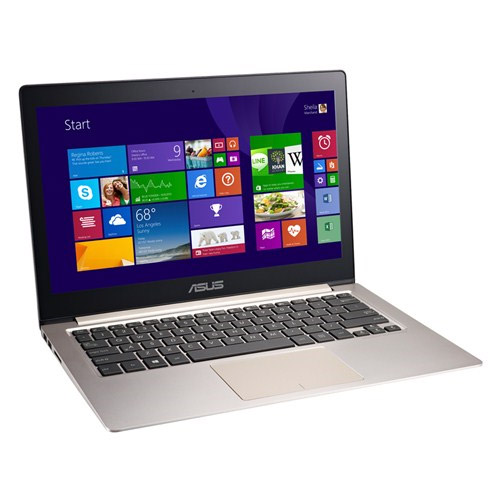

- #RAID 0 SSD BENCHMARK INSTALL#
- #RAID 0 SSD BENCHMARK FULL#
- #RAID 0 SSD BENCHMARK WINDOWS 10#
- #RAID 0 SSD BENCHMARK PC#
Whether you're using SSDs or HDDs will determine the benefit from going either way. It seems that smaller stripes seem to benefit latency where bigger stripes seem to benefit bandwidth. 4k blocks also seem to do great things for latency but bad things for bandwidth. It also means fewer delete cycles on cells that never had values stored to them. Smaller stripes mean less superfuous writes to free memory because of the size of the stripes. I think the only time when smaller stripes matter are with SSDs. What he is confusing is those two things because if you write a 2k file with 64k blocks, you will eat up 64k, but the next 2k file you write will still be on the same stripe.

You don't "save space" from using smaller stripes. If you have a file system with 64k blocks, you will write two block before bopping to the other disk. So if you have your logical RAID disk with 128k stripes, you will bop between the two disks that many times.
#RAID 0 SSD BENCHMARK FULL#
You can read our full review of the WD_BLACK SN850 1TB drive here and they can be purchased for $199.99 each over on Amazon.Stripe size is the size of each chunk written to each physical drive. It would have been nice to have a bootable NVMe RAID0 array on this platform, but these are still pretty impressive numbers! Let us know what you think in the comments below! Lastly, on Anvil’s Storage Utilities we managed to pull off a score of 30,626 points! Over on ATTO Disk Benchmark we managed to reach 12.91 GB/s read and 9.54 GB/s write. We topped out at 12,818 MB/s sequential read and 10,248 MB/s sequential write in CrystalDiskMark. Performance numbers looked pretty good on our test machine that was running an Intel Core i5-11600K processor. This gives us a 1TB RAID0 array as a secondary drive.
#RAID 0 SSD BENCHMARK WINDOWS 10#
So, after waiting days and figuring out what we wanted to do wasn’t possible we settled for creating a stripped (RAID0) partition in the Windows 10 Disk Management utility. Our desire to create bootable PCIe Gen4 RAID solution appeared to be dead into the water. This means no RAID support for CPU attached storage drives through the BIOS. Next, we talked to Intel who didn’t think VMD was exposed on Rocket Lake. Legit Reviews asked ASUS about our setup difficulties and they said that only Intel branded drives can be used in RAID off these slots due to the Intel VROC (Intel Virtual RAID on CPU) requirements. PCIe RAID should be technically possible since both M.2_1/M.2_2 attach to the Rocket Lake CPU. We even tried an ASUS Hyper M.2 x16 card without success. The two NVMe drives show up in the BIOS, but there is no option to create a RAID array with them. We wanted to create a bootable NVMe RAID array, but quickly ran into problems. Data can be stripped and transferred into two SSD or more. While Raid 0 array configuration is an old technique, it works perfectly well in speeding up the performance of your solid-state storage drives.
#RAID 0 SSD BENCHMARK PC#
This is a step that you might want to do when you first build your PC as getting to the slots can be a bit of a chore later on. It is the process of distributing separated data blocks onto multiple solid-state drives (SSD) for easy recovery. The blue film is left on in the images below.
#RAID 0 SSD BENCHMARK INSTALL#
They are both accessible under heatsinks and you’ll need to remove the blue protective film from the thermal pads when you install the drives. On this particular motherboard M.2_1 and M.2_2 are the two slots that have PCIe 4.0 functionality. So, we asked Western Digital to send over some WD_BLACK SN850 NVMe SSDs and the obliged by sending two 1TB drives over. This also means that running RAID should be possible and we wanted to give that a shot. Quad M.2 slots! Two of the slots on this board are PCIe Gen4 supported, so long as you are running an 11th Gen Intel Core ‘Rocket Lake’ processor. When the Intel Z590 platform came out we noticed that motherboards like the ROG Maximus XIII Hero had four M.2 slots.


 0 kommentar(er)
0 kommentar(er)
